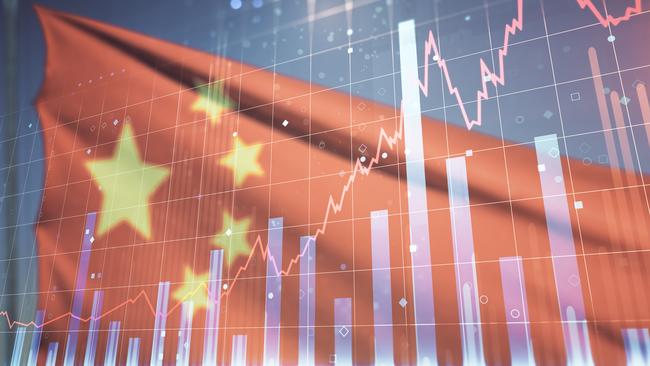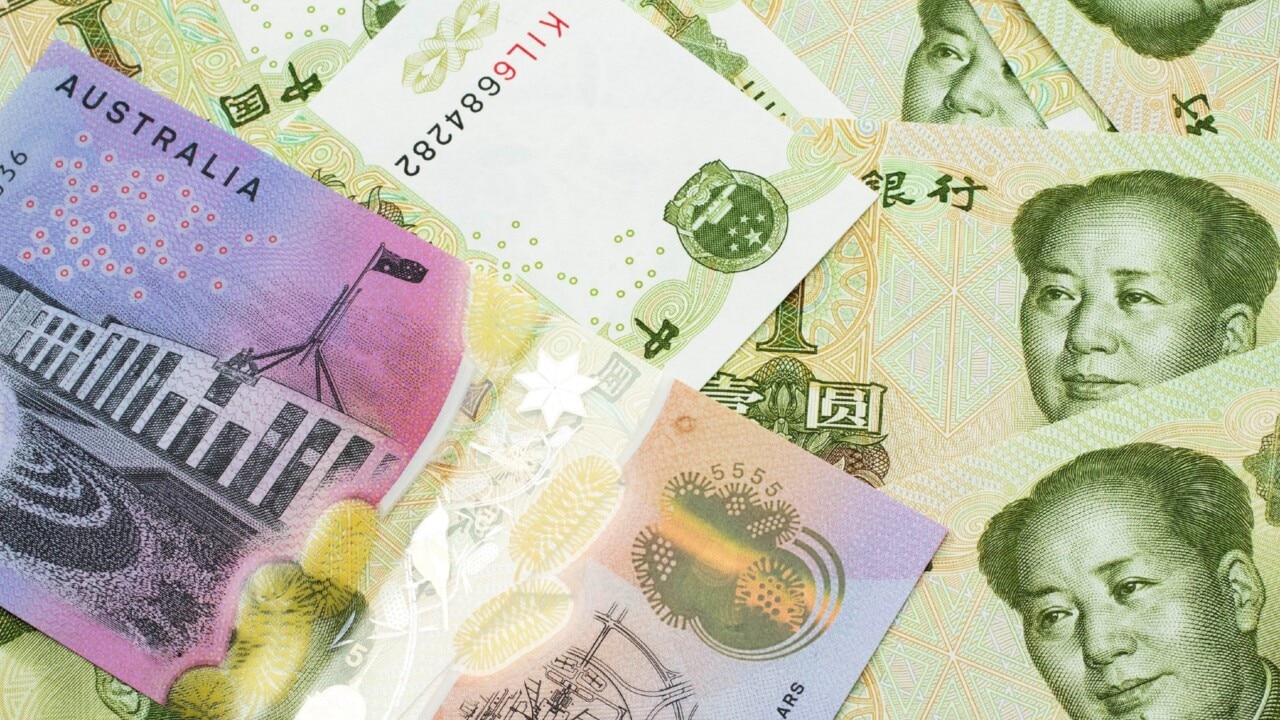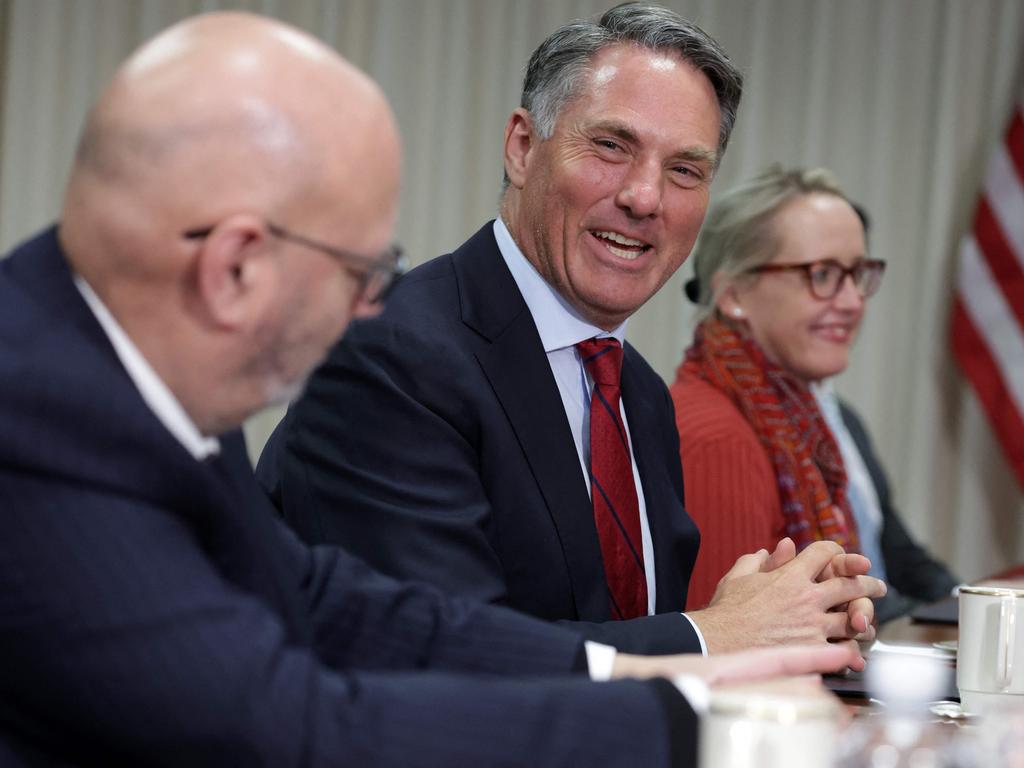China shifts economic gears to full throttle
Communist Party officials are promising to use ‘full firepower’ to ignite the Chinese economy.

Communist Party officials are promising to use “full firepower” to ignite the Chinese economy, as Beijing redirects the campaigning zeal it had focused on Covid to rebooting its battered business sector.
“For a three-year project, aim for two years,” party secretary in Guangdong province, Huang Kunming, recently instructed local officials and business leaders.
A senior party official in Shandong province issued a sweeping threat to anyone found to be making life tough for business.
“Whoever causes trouble for enterprises, the county party committee and the county government will have trouble for them,” comrade Sun Qianguo warned.
Similar economic boosterism is being given by general secretary Xi Jinping’s cadres across the country as they announce work plans for 2023. The pandemic is barely, if at all, mentioned.
After three years of Covid-monomania, it is a stunning about-face. Whiplashed trade partners are hurriedly resetting expectations for the world’s second biggest economy.
Only a month ago, Treasurer Jim Chalmers warned China’s Covid wave was “one of the key risks” to the Australian economy. Now China is poised to deliver an unexpected windfall – at least for the year ahead. The International Monetary Fund has just upgraded its forecast for China’s growth this year to 5.2 per cent, up from 4.4 per cent.
To the good fortune of Australia’s iron ore giants, Beijing has provided what it calls a “blood transfusion” for China’s anaemic real estate sector. Local governments are ordering work to start on new projects. Shares in Fortescue have risen nearly 10 per cent already this year. BHP’s are up almost 15 per cent.
ANZ’s chief China economist, Raymond Yeung, says the end of “zero-Covid” has released “pent-up demand” that was now propelling the country’s growth momentum.
“This will also contribute to global growth at a time when other major economies are slowing, especially the US,” he says.
China’s suddenly improved economic outlook has come at a huge cost. More than one billion people were infected in six weeks, as Omicron ripped through the country at the fastest rate in the entire pandemic.
Wang Qiang, a worker from the northeastern province of Liaoning, lost his mother as Covid subsumed the region. There was no bed in the local hospital’s overrun respiratory department, but staff made space to treat her in the children’s department.
“We’re grateful to the hospital for that. Her life didn’t end in pain,” Mr Wang said.
Still, the 51-year-old said it was now time to look to the future after what has been a shocking two months for China. “Life for her is gone, and life for us has to go on,” he said.
Throughout last year, China’s economy was pummelled by Mr Xi’s signature zero-Covid policy. The economy grew at its second slowest economic growth rate in almost 50 years.
The abrupt dismantling of its “zero Covid” edifice on December 7 was the most dramatic policy U-turn in the Xi-era. Construction on new quarantine centres – the dreaded infrastructure supporting the country’s rolling lockdowns – continued seemingly until the day of the announcement.
Some close observers believe Beijing may have calculated that allowing cases to quickly peak before the Lunar New Year shut-down would allow a rapid recovery after the break.
Others think the infectious Omicron strain called the shots, rather than Mr Xi.
China’s first wave was a tsunami. By mid-January, Wu Zunyou, the chief epidemiologist of China’s Centre for Disease Control and Prevention, revealed “about 80 per cent” of the country, or more than 1.1 billion people, had been infected.
According to China’s official tally, 80,000 people died in the chaotic exit from zero-Covid, but even Chinese health officials accept this is a drastic undercount because it includes only deaths in hospitals. Public health experts believe the actual toll is well over one million.
Beijing calls scepticism about its official statistics “political warfare against China” and has huffed about international reporting on the health crisis.
A doctor who questioned the official death number was pilloried by party enforcers and nationalistic users. His post on Weibo, China’s Twitter-like platform, contending “the numbers do not make a lot of sense” was promptly removed.
Many are uncomfortable talking about what happened.
Zheng Xiuli has just returned to the electric factory she works at in the eastern Henan province after a Lunar New Year trip.
Ms Zheng, 26, lights up when talking about spending rare time with her daughter, who lives with her mother, a common arrangement for many workers in China.
But she was terse when asked what happened to her hometown during the Covid wave. “Now we have fewer older people,” she said.
Much of the trajectory of the world economy this year will be set by Chinese consumers. After three subdued years, will they spend again?
The first weeks after the zero-Covid”era look promising. China’s box office set a record in January, and China’s factory activity expanded last month for the first time since September.
And with the terror of being taken away to a crowded Covid quarantine centre gone, Chinese are travelling around the country again.
Domestic tourism spending during the Lunar New Year holiday surged 30 per cent from the previous year.

“Covid has passed. Life is back to normal,” says Wang Lingling, 36, an accountant in Beijing, who was on a skiing holiday on the slopes of Chongli in the north.
The receptionist at the Cuiyan Mountain Hotel said the resort was “fully booked”. Skiing coach Li Daide spoke cheerily about the outlook for the rest of the season, which runs till mid-March.
Before Covid, a quarter of jobs in China were in accommodation, catering, retail and tourism, according to economists at TS Lombard. The outlook for those sectors is now the best it has been in three years.
Agents in China are forecasting an international “tourism boom” in the coming months.
Trade and Tourism Minister Don Farrell will have a chance to spruik Australia as a friendly destination this week when he speaks to Chinese Commerce Minister Wang Wentao. Hordes of Australian business figures have begun flying in the other direction, excited to visit what for many is their biggest market or supplier.
Some believe Chinese entrepreneurs will be more wary of the Communist Party’s new found zeal for the private sector.
“(Chinese entrepreneurs) will almost certainly view the party’s latest moves as tactical and short-term. Like Western businesses, of course, they will hope to profit from the economic rebound this year,” argues Minxin Pei, an expert in Chinese politics.
“But most will hedge their bets by curtailing investment and seeking opportunities to divest abroad after China’s reopening,” Professor Pei said.
Right now though, many in China are focused on the present. Chen Zijuan, 28, has just returned to her marketing company in Shanghai after her first Lunar New Year trip to her hometown in Ningxia in three years.
She said her colleagues were busier than they have been since 2019, as Chinese consumers got back into the habit of spending.
“(We have) to make up for the past three years,” Ms Chen said.






To join the conversation, please log in. Don't have an account? Register
Join the conversation, you are commenting as Logout